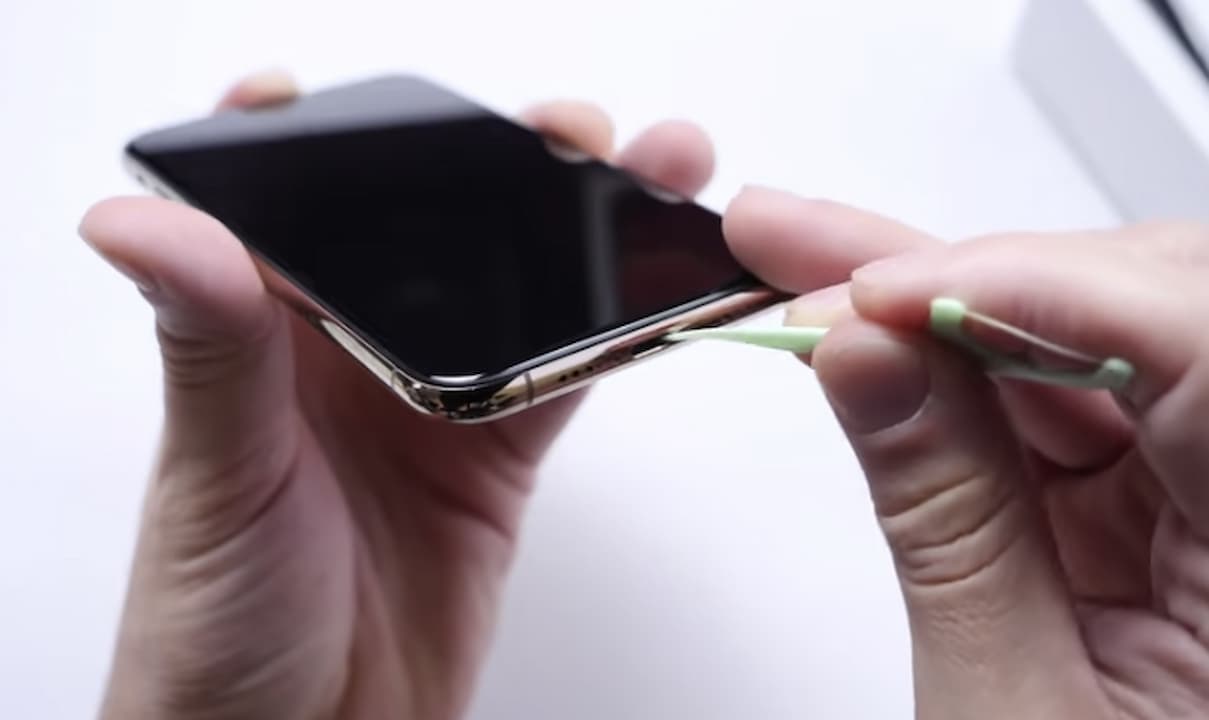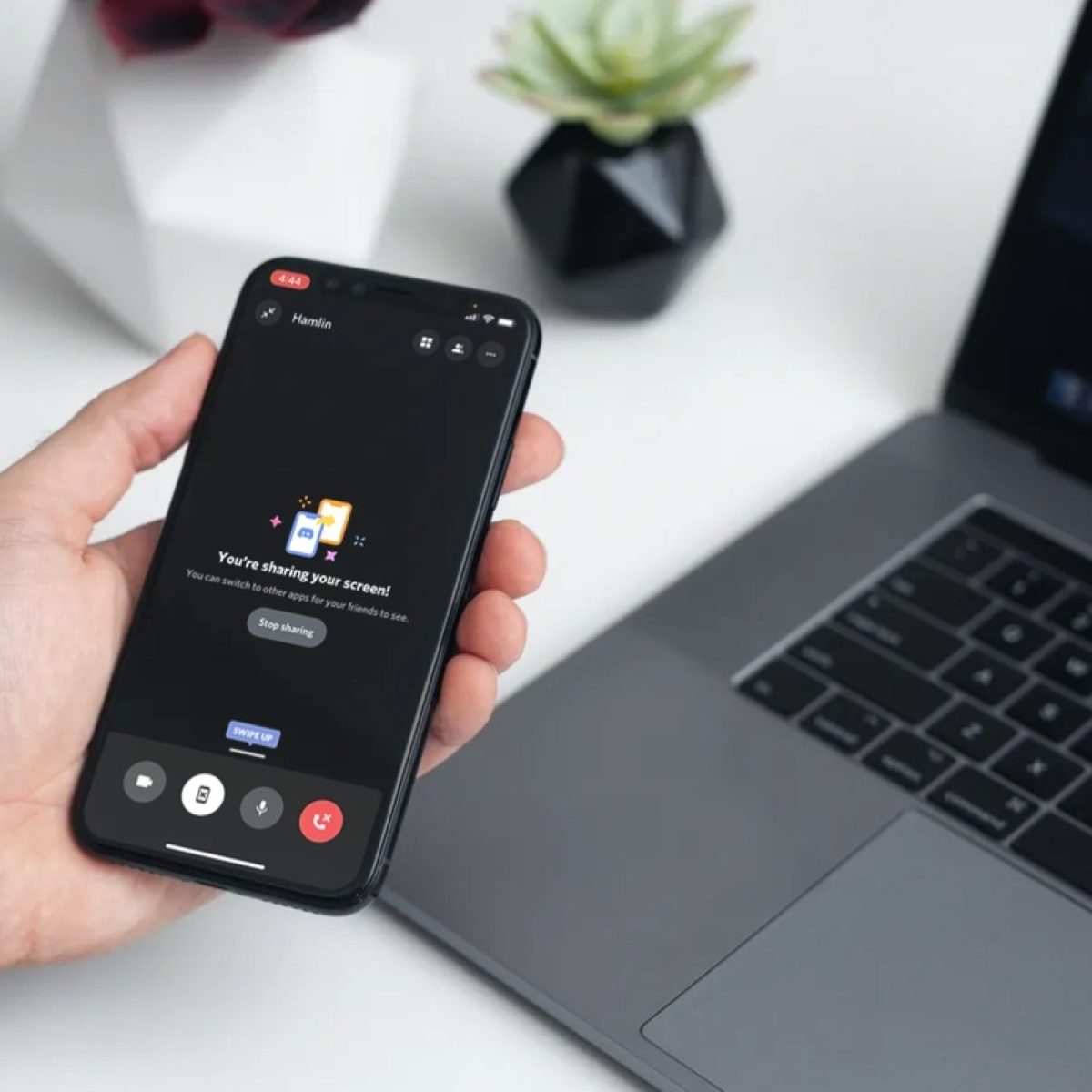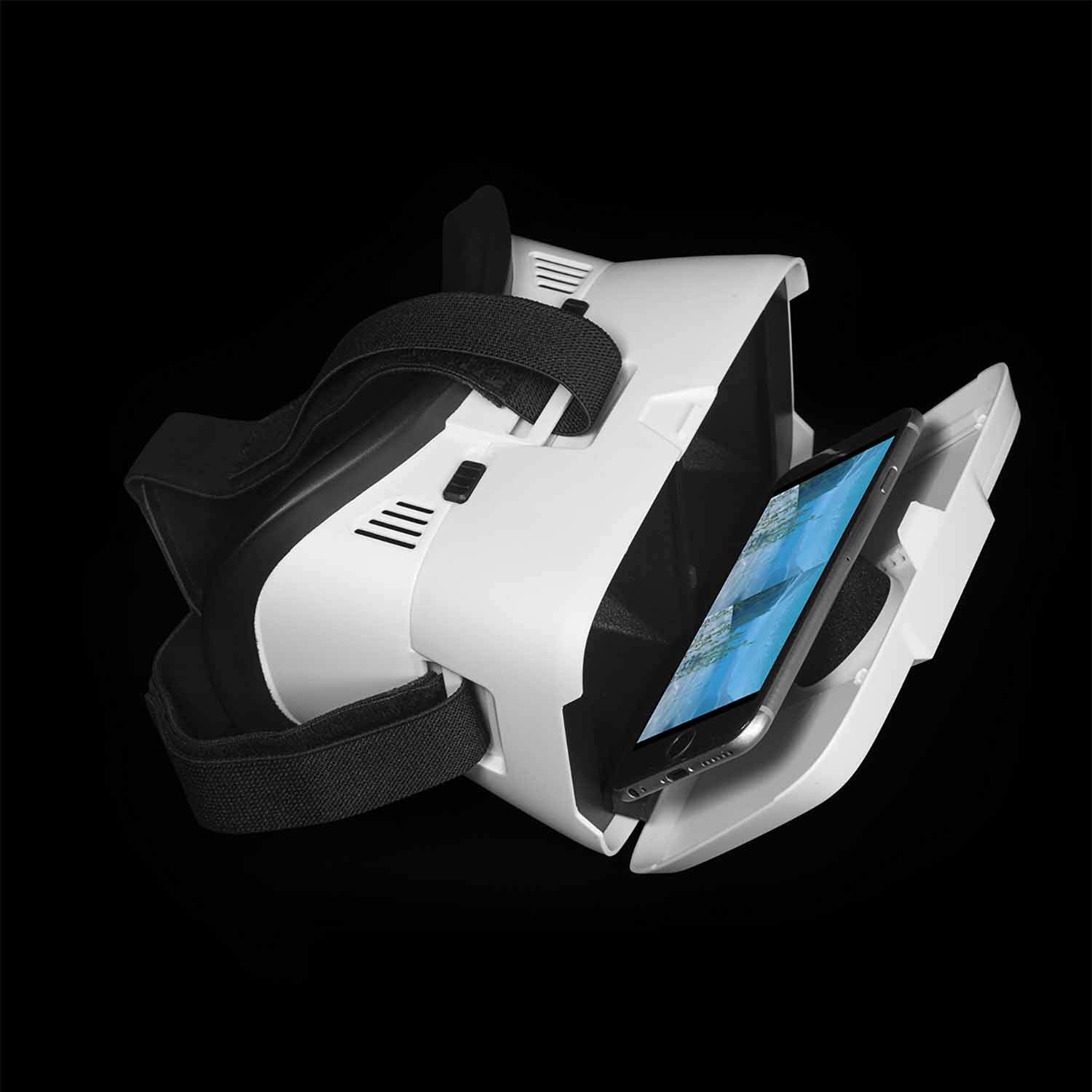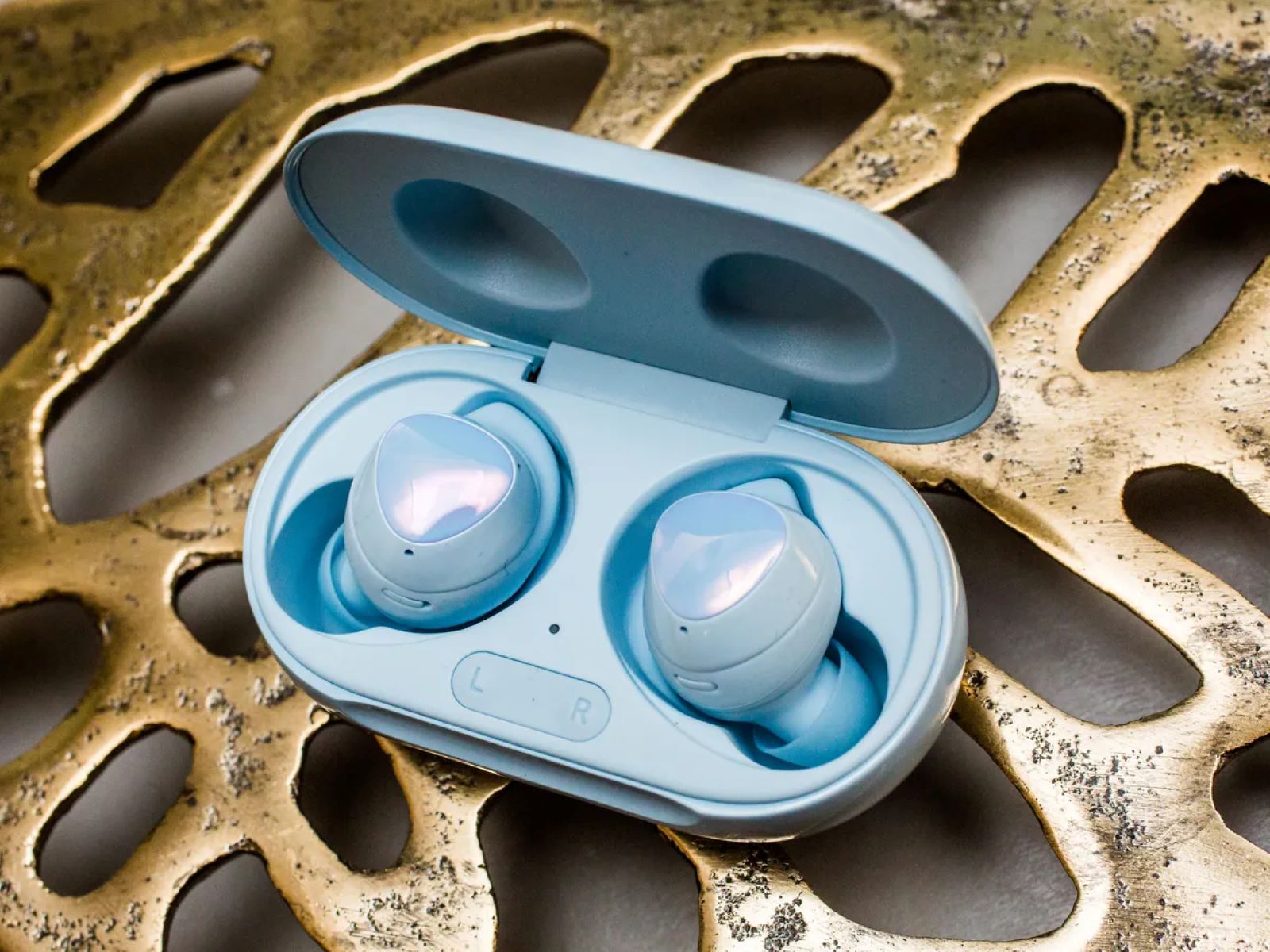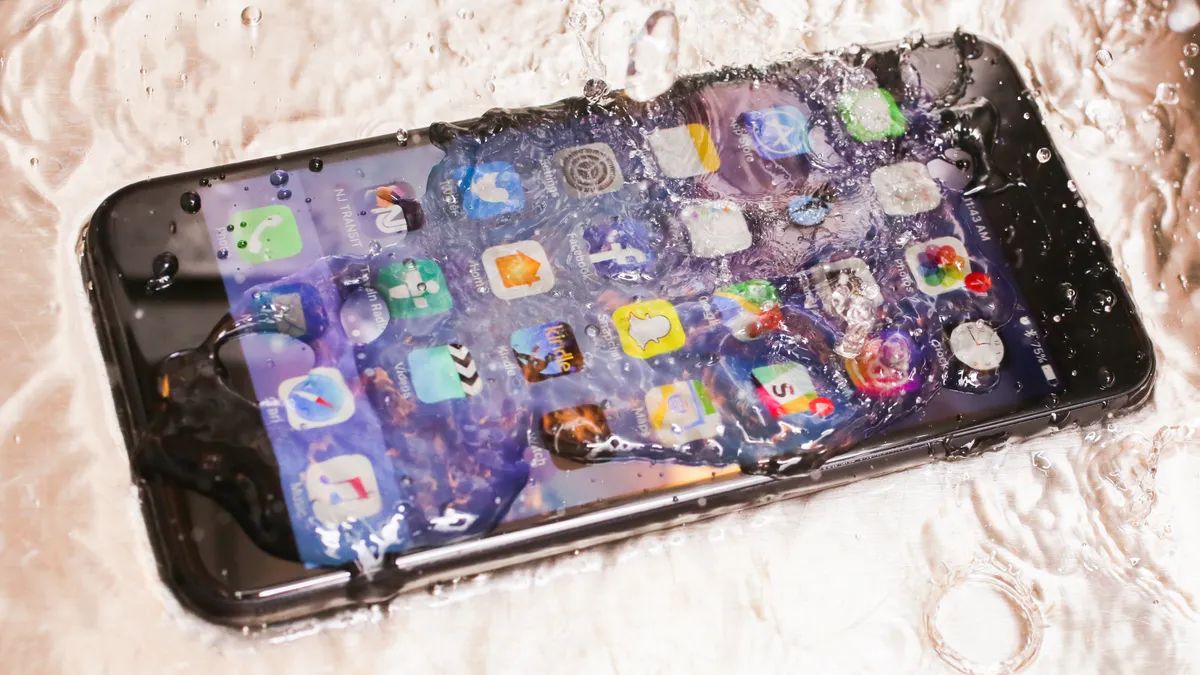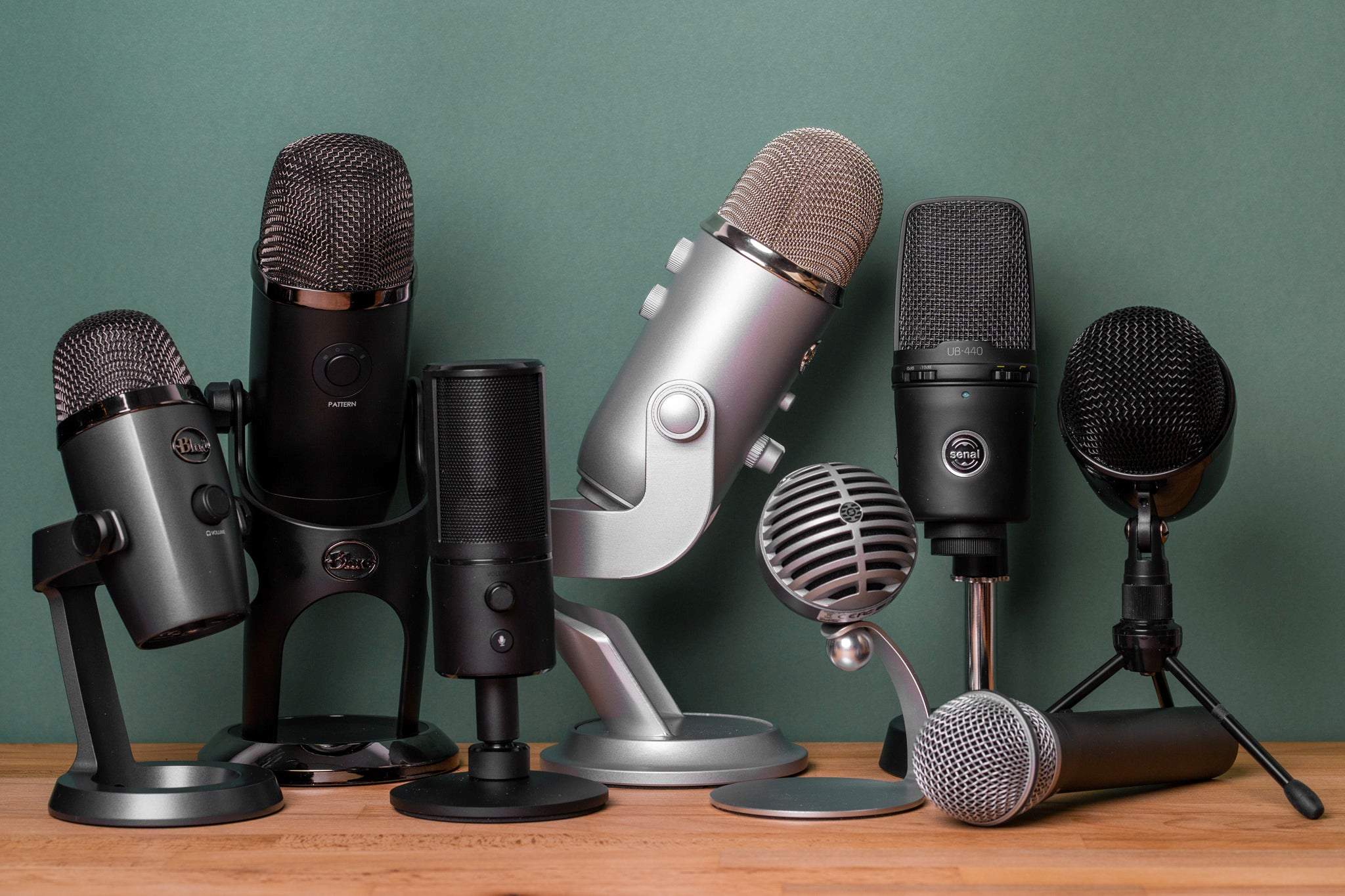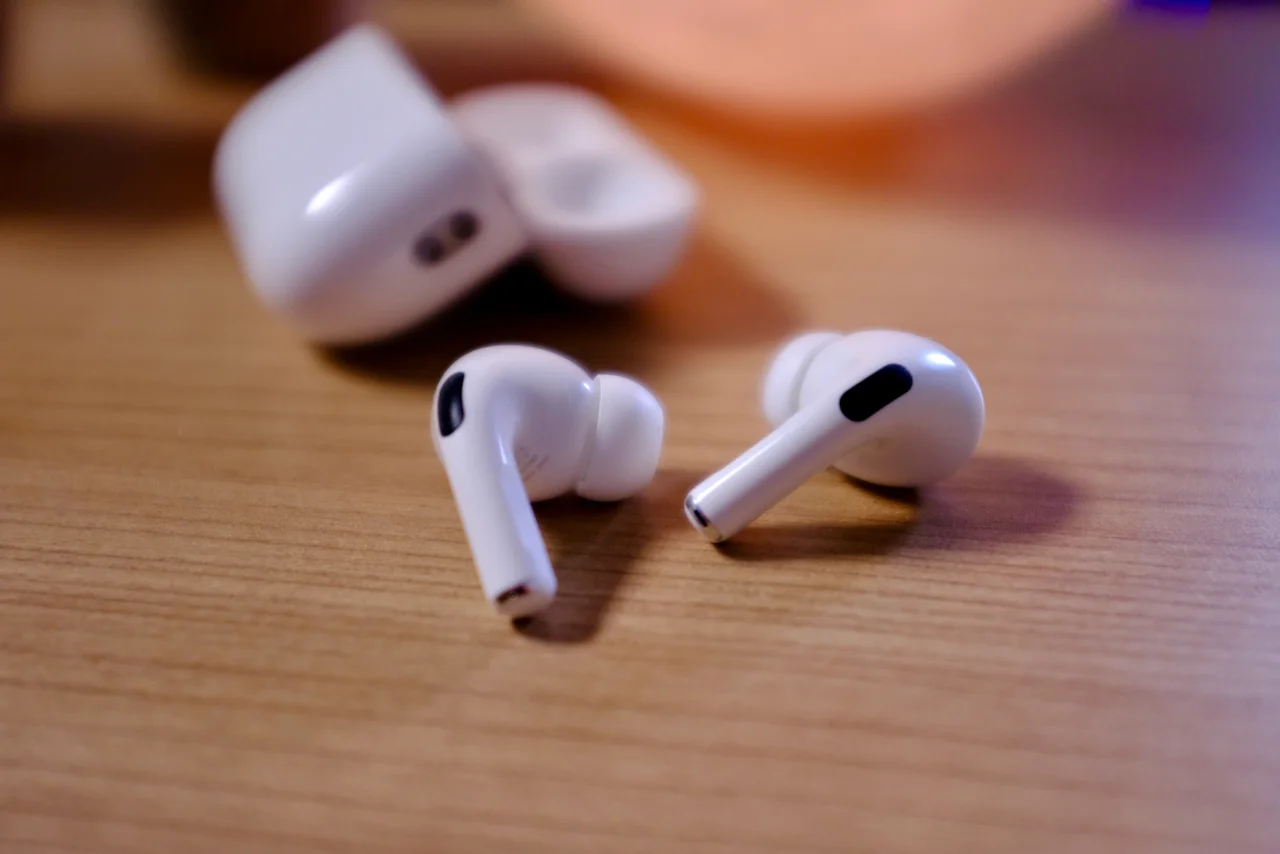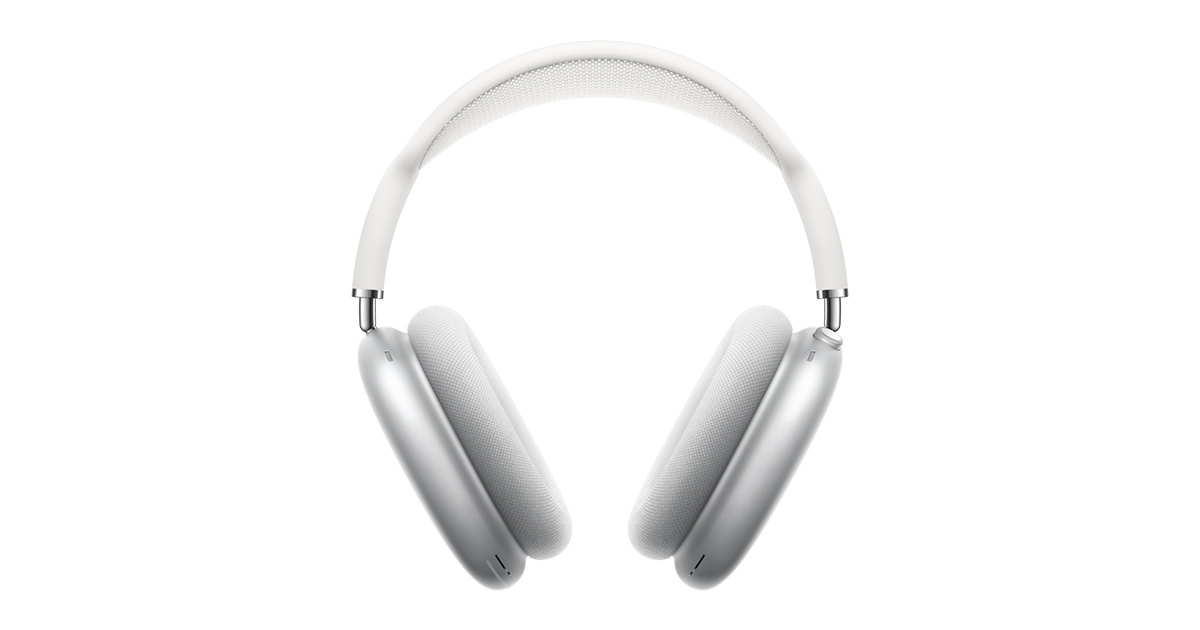Introduction
Welcome to the comprehensive guide on cleaning your iPhone's microphone and speaker. Your iPhone is an essential tool for communication, entertainment, and productivity, and its microphone and speaker play pivotal roles in delivering these functionalities. Over time, these components can accumulate dirt, dust, and debris, leading to muffled sound quality and diminished microphone sensitivity. By understanding the proper cleaning techniques and tools needed, you can maintain the optimal performance of your iPhone's microphone and speaker.
Neglecting the cleanliness of these components can result in frustrating experiences during calls, video chats, and media playback. Whether it's a clogged microphone affecting your voice clarity or a dusty speaker distorting sound output, these issues can significantly impact your overall iPhone experience. However, with the right knowledge and tools, you can effectively clean these vital components and ensure that they continue to function at their best.
In this guide, we will delve into the intricacies of the iPhone microphone and speaker, providing you with step-by-step instructions on how to clean them properly. Additionally, we will discuss the tools required for the cleaning process and offer valuable tips for maintaining a clean microphone and speaker. By following these guidelines, you can optimize the audio quality of your iPhone and prolong the lifespan of its essential components. Let's embark on this journey to ensure that your iPhone continues to deliver crystal-clear sound and seamless communication.
Understanding the iPhone Microphone and Speaker
Before diving into the cleaning process, it’s essential to understand the functionality and significance of the iPhone’s microphone and speaker. These components are integral to the device’s communication capabilities and multimedia experience, making them crucial for everyday use.
Microphone: The microphone on your iPhone is responsible for capturing your voice during calls, voice recordings, and video recordings. It converts sound waves into electrical signals, which are then processed and transmitted to the recipient during calls or stored as audio files. The microphone’s sensitivity and clarity are essential for effective communication, ensuring that your voice is accurately captured and transmitted without distortion.
Speaker: The speaker, on the other hand, is responsible for reproducing audio, whether it’s during calls, playing music, watching videos, or listening to voice messages. It converts electrical signals back into sound waves, delivering clear and crisp audio output. A clean speaker ensures that you can enjoy high-quality sound without any interference or distortion.
Both the microphone and speaker consist of delicate components that can be affected by the accumulation of dirt, dust, and debris. A clogged microphone may result in muffled or distorted voice transmission, while a dirty speaker can lead to diminished audio quality and reduced volume levels. Understanding the importance of these components will underscore the necessity of keeping them clean and well-maintained.
By gaining insight into how the microphone and speaker function, you’ll appreciate the impact of cleanliness on their performance. As we proceed, we will explore the tools required for cleaning these components and provide detailed instructions on how to effectively remove dirt and debris without causing damage. With this understanding, you’ll be well-equipped to preserve the optimal functionality of your iPhone’s microphone and speaker.
Tools Needed for Cleaning
Before embarking on the cleaning process, it’s essential to gather the necessary tools to ensure thorough and safe maintenance of your iPhone’s microphone and speaker. The following tools are recommended for effectively cleaning these components:
- Microfiber Cloth: A soft microfiber cloth is ideal for gently wiping the exterior surfaces of the iPhone, including the microphone and speaker areas. This material is non-abrasive and helps remove surface-level dirt and smudges without causing scratches.
- Canned Air or Air Blower: Canned air or an air blower can be used to dislodge and remove dust and debris from the microphone and speaker grilles. The gentle burst of air can effectively clear out particles that may be obstructing these components.
- Soft Bristled Brush: A soft-bristled brush, such as a clean makeup brush or a specialized electronics brush, can be used to gently dislodge and remove stubborn dirt and debris from the microphone and speaker areas. The soft bristles minimize the risk of causing damage to the components.
- Isopropyl Alcohol: Isopropyl alcohol, also known as rubbing alcohol, can be applied sparingly to the microfiber cloth for deeper cleaning. It helps dissolve and remove oily residues and stubborn grime from the surfaces of the microphone and speaker.
These tools are readily available and, when used appropriately, can facilitate the effective cleaning of the iPhone’s microphone and speaker without causing harm to the delicate components. By assembling these tools, you’ll be prepared to tackle the cleaning process with confidence, ensuring that your iPhone’s audio components remain in optimal condition.
Cleaning the Microphone
The microphone of your iPhone is susceptible to accumulating dirt, dust, and debris, which can compromise its performance. To maintain the microphone’s sensitivity and ensure clear voice transmission, it’s essential to clean it regularly using the following steps:
- Power Off the iPhone: Before starting the cleaning process, power off your iPhone to prevent any accidental damage or interference with the device’s functionality.
- Inspect the Microphone Grille: Use a magnifying glass or a well-lit area to carefully inspect the microphone grille, located at the bottom of the device. Look for any visible dirt, lint, or debris that may be obstructing the grille openings.
- Gently Wipe the Grille: Take a soft microfiber cloth and gently wipe the microphone grille to remove any surface-level dirt and smudges. Avoid applying excessive pressure to prevent pushing debris further into the grille.
- Use Canned Air or Air Blower: If there are stubborn particles lodged in the microphone grille, use canned air or an air blower to dislodge and remove the debris. Hold the iPhone securely and direct short bursts of air at the grille to clear out any obstructions.
- Apply Isopropyl Alcohol (Optional): For more thorough cleaning, apply a small amount of isopropyl alcohol to the microfiber cloth and gently wipe the microphone grille. This can help dissolve and remove oily residues and stubborn grime.
- Allow the iPhone to Dry: After cleaning, allow the iPhone to air dry for a few minutes before powering it back on. Ensure that the microphone grille is completely dry before using the device.
By following these steps, you can effectively clean the microphone of your iPhone, ensuring that it remains free from obstructions and maintains optimal sensitivity for clear voice transmission. Regular maintenance of the microphone will contribute to a seamless communication experience and prevent audio quality issues during calls and recordings.
Cleaning the Speaker
The speaker of your iPhone is crucial for delivering clear and vibrant audio output, whether you’re listening to music, engaging in phone calls, or watching videos. To maintain the speaker’s performance and prevent sound distortion, it’s important to clean it regularly using the following steps:
- Power Off the iPhone: Begin by powering off your iPhone to avoid any potential damage during the cleaning process.
- Inspect the Speaker Grille: Examine the speaker grille, typically located at the bottom of the iPhone or integrated into the device’s display. Check for visible dirt, dust, or debris that may be obstructing the speaker openings.
- Gently Wipe the Grille: Use a soft microfiber cloth to gently wipe the speaker grille, removing any surface-level dirt and smudges. Take care not to exert excessive pressure, as this may push debris further into the grille.
- Utilize Canned Air or Air Blower: If there are persistent particles lodged in the speaker grille, use canned air or an air blower to dislodge and remove the debris. Direct short bursts of air at the grille to clear out any obstructions, ensuring that the iPhone is held securely during this process.
- Apply Isopropyl Alcohol (Optional): For a more thorough cleaning, apply a small amount of isopropyl alcohol to the microfiber cloth and gently wipe the speaker grille. This can effectively dissolve and remove oily residues and stubborn grime that may be affecting the speaker’s performance.
- Allow the iPhone to Dry: After cleaning, allow the iPhone to air dry for a few minutes before powering it back on. It’s important to ensure that the speaker grille is completely dry before using the device to prevent any potential damage.
By following these steps, you can effectively clean the speaker of your iPhone, ensuring that it remains free from obstructions and maintains optimal audio quality. Regular maintenance of the speaker will contribute to a seamless multimedia experience, allowing you to enjoy clear and distortion-free sound output across various applications and activities.
Tips for Maintaining Clean Microphone and Speaker
Maintaining a clean microphone and speaker on your iPhone is essential for preserving their functionality and ensuring a seamless audio experience. To prolong the cleanliness and optimal performance of these components, consider the following tips:
- Use a Protective Case: Investing in a quality protective case for your iPhone can help shield the device from dust and debris, reducing the likelihood of foreign particles accumulating near the microphone and speaker areas.
- Avoid Exposure to Moisture: Minimize the exposure of your iPhone to moisture and liquids, as these substances can seep into the microphone and speaker openings, potentially causing damage and promoting the accumulation of grime.
- Regularly Wipe the Exterior: Routinely wipe the exterior of your iPhone, including the microphone and speaker areas, with a soft microfiber cloth to remove surface-level dust and prevent it from settling into the component grilles.
- Limit Exposure to Dusty Environments: When possible, avoid exposing your iPhone to excessively dusty environments, as airborne particles can infiltrate the device and affect the cleanliness of the microphone and speaker.
- Refrain from Using Harsh Cleaning Agents: When cleaning the microphone and speaker, refrain from using harsh chemicals or abrasive cleaning agents, as these can damage the delicate components and compromise their functionality.
- Regularly Inspect and Clean: Periodically inspect the microphone and speaker grilles for any signs of dirt or obstruction, and perform gentle cleaning as needed to prevent the accumulation of debris.
By incorporating these tips into your iPhone maintenance routine, you can significantly reduce the risk of dirt and debris affecting the microphone and speaker, thereby preserving their performance and prolonging their lifespan. Consistent care and attention to these components will contribute to an enhanced audio experience and reliable communication capabilities on your iPhone.
Conclusion
Ensuring the cleanliness of your iPhone’s microphone and speaker is paramount for maintaining optimal audio quality and communication capabilities. By understanding the significance of these components and employing the appropriate cleaning techniques, you can safeguard their functionality and prolong their effectiveness.
Regularly inspecting and cleaning the microphone and speaker grilles using gentle methods and the recommended tools will contribute to a seamless audio experience on your iPhone. Whether it’s clearing out debris from the microphone for clear voice transmission or ensuring the speaker remains free from obstructions for vibrant audio output, these maintenance practices are essential for preserving the performance of these vital components.
By incorporating the provided tips into your maintenance routine, such as using a protective case, avoiding exposure to moisture, and routinely inspecting for cleanliness, you can mitigate the risk of dirt and debris affecting the microphone and speaker. Additionally, the utilization of appropriate tools, including microfiber cloths, canned air, and isopropyl alcohol, facilitates thorough and safe cleaning without causing damage to the delicate components.
Ultimately, a well-maintained microphone and speaker contribute to an enhanced iPhone experience, ensuring clear voice transmission during calls, crisp audio playback, and reliable communication capabilities. By prioritizing the cleanliness and maintenance of these components, you can optimize the audio quality of your iPhone and prolong the longevity of its essential features.
Embark on this journey to maintain the clarity and vibrancy of your iPhone’s audio, and enjoy uninterrupted communication and multimedia experiences with confidence in the performance of your microphone and speaker.







